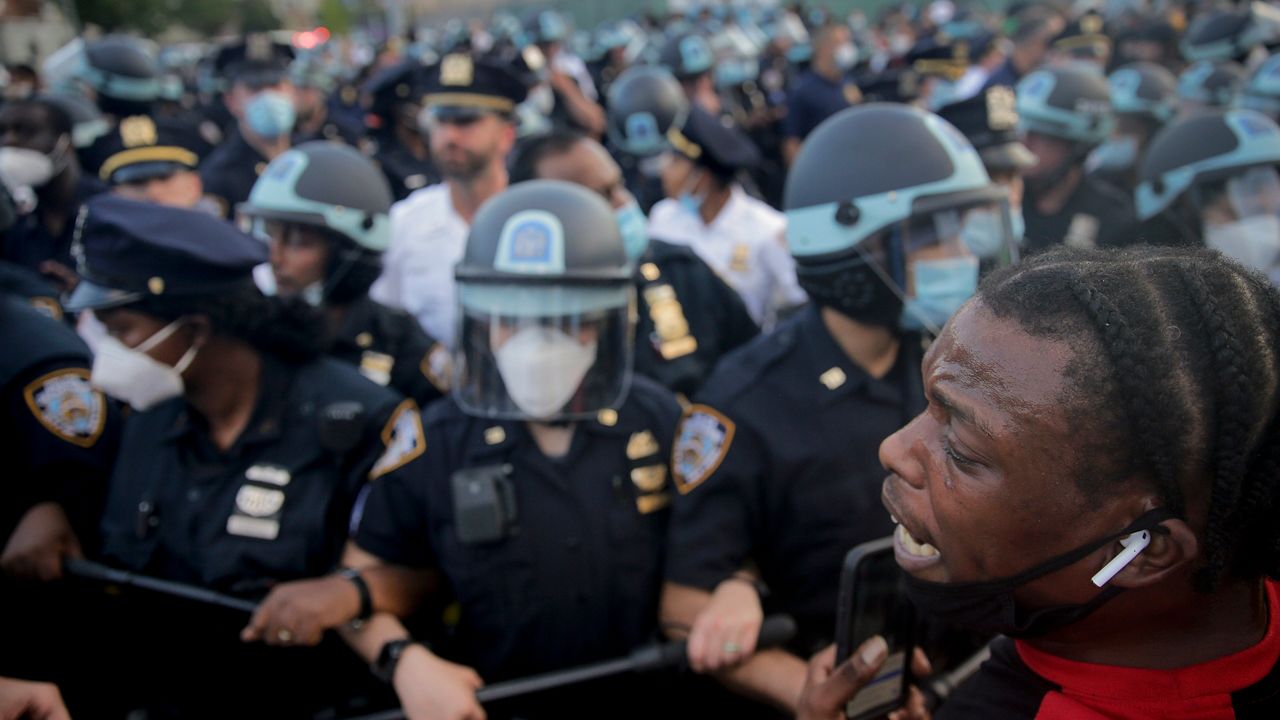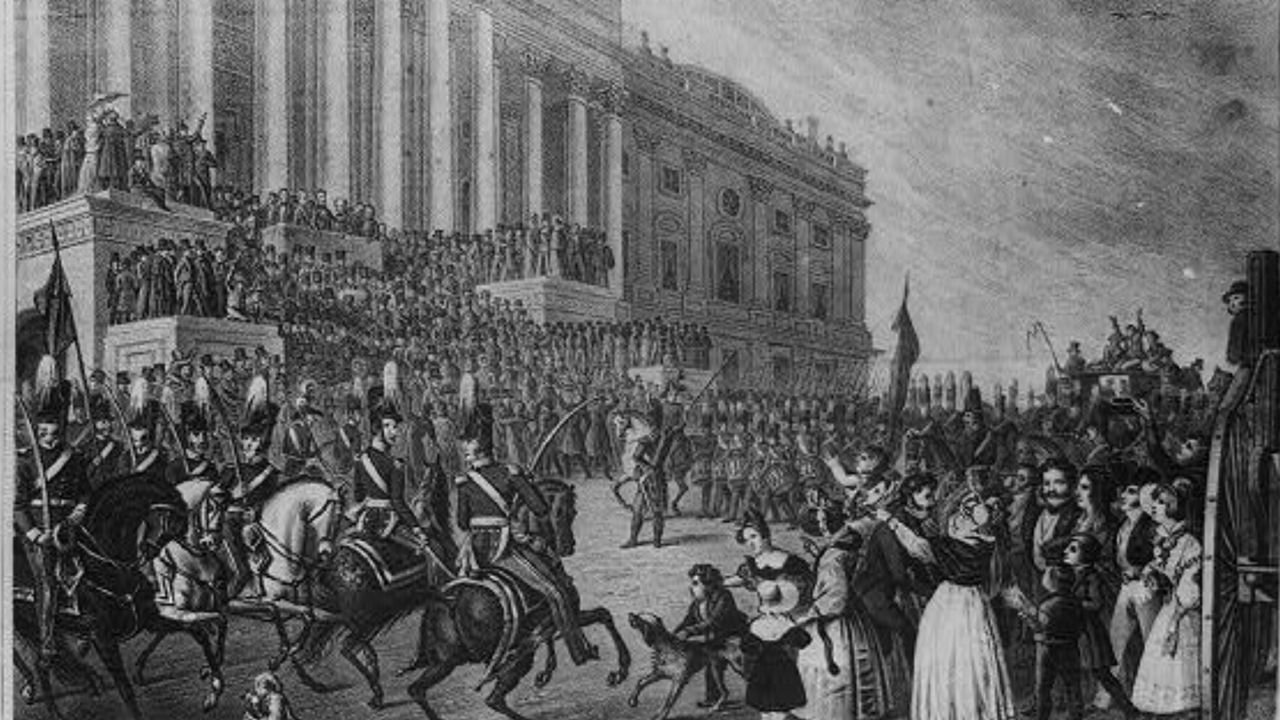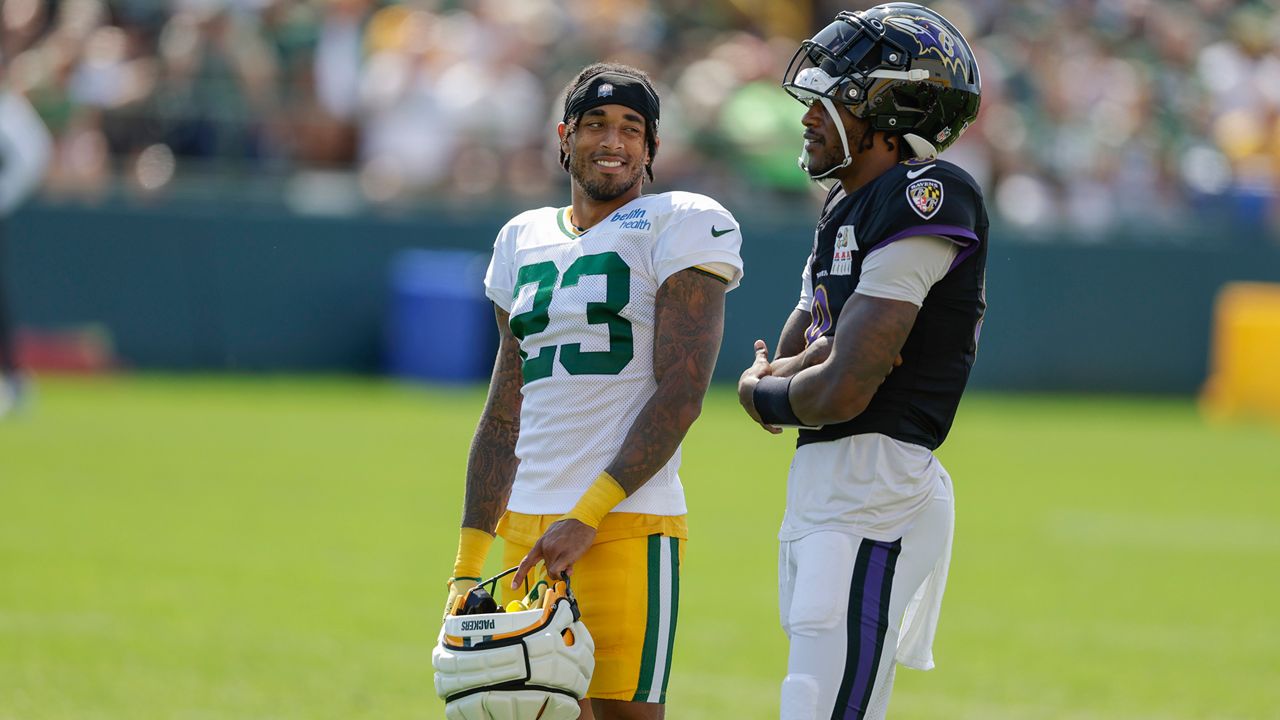In recent months, calls for justice and equality have reignited across the country.
First, Americans watched as Minneapolis man George Floyd was suffocated by police, with a knee to his neck for eight minutes and 46 seconds. Later reports, including a revised police complaint and a New York Times analysis, placed the timing of the incident from 7 minutes and 46 seconds to at least 8 minutes and 15 seconds.
“It was so egregious. It was so clear-cut wrong the way that he died, that basically there was no way you could ignore this one,” says Frank Nitty, a Milwaukee activist and community organizer.
The collective shock and outrage set off a ripple effect of protests — most of them peaceful — in what some experts say is the biggest movement in U.S. history.
Chants of “Black Lives Matter” are ringing out across every corner of the U.S. and even around the world, as activists call for police reform, for equal treatment, for educational investment — for the care and support of Black Americans and other marginalized groups.
“Black Lives Matter is the purpose of what's going on, but the movement is a revolution of people that are tired of being treated a certain way, all races, all colors,” Nitty says. “Black Lives Matter is the purpose of what's going on, but the movement is a revolution of people that are tired of being treated a certain way, all races, all colors,” Nitty says.

The diverse support marks a major shift from when the first movement emerged in 2013 and faced significant backlash. According to a study from the Pew Research Center, two-thirds of Americans now say they support the Black Lives Matter movement — compared to just over 40% who expressed support in a similar study from 2016.
More corporations and politicians are offering changes in response: pledging to hire more people of color, retiring logos with racist history, and, in some places, banning police practices like the use of tear gas, chokeholds, and no-knock police warrants.
At home in Wisconsin, officials have declared racism a public health crisis. Milwaukee and Madison school districts have terminated contracts with police. Plus, on a more symbolic level, the state has seen painted murals of “Black Lives Matter” and celebrations of Juneteenth, a holiday where Black Americans recognize when the final enslaved populations in Texas learned of their freedom years after then President Abraham Lincoln signed the Emancipation Proclamation freeing those in captivity.
However, activists say the efforts don’t even begin to tackle the true issues that have been brewing here for decades — particularly in Wisconsin, a state that has been ranked as one of the worst in the country for Black people.
“We want to imagine that racial disparities are somebody else’s problem, that roots of it are in the South. ‘We didn’t do that. We don’t have that kind of disparity,’” says UW-Madison professor Laura Dresser. But the reality, she said, is that Wisconsin is consistently “among the worst in the nation on almost any indicator” for racial disparity.
Dresser and a team of experts from COWS, a policy institute based at UW-Madison, highlighted the state’s extreme racial disparity in a research project last year. Through the project, titled “Race in the Heartland,” they tracked disparities all the way from birth to the ballot box. What they found was disheartening.
Infant mortality rates show a huge divide, with Black babies three times more likely to die than white babies, according to the study. One-third of Black children in the state live in poverty.
And by the time children get to eighth grade, the achievement gap between Black and white students is wide — the worst in the nation, in fact, when looking at scores on math assessments.
Both Dresser and Nitty recognize that the disparities can be traced back to Wisconsin’s history of segregation and redlining as Black migrants moved from the South in the 1960s.
“It's one of the most segregated cities in the United States of America, so it's easy to supply sources to only people you want to have them,” said Nitty of his hometown, Milwaukee.
If you’re Black and grew up in Wisconsin, the likelihood you’ll get a bachelor’s degree is much lower than white residents, who are more than twice as likely to earn one.
But what is 11 times more likely for Black Wisconsinites: Going to jail. The state is one of the worst in the U.S. for incarceration disparity, with only New Jersey showing more unequal outcomes.
“That should make anybody pause and really consider what’s happening in our racial justice system,” Dresser says.
Experts say these incarceration disparities are complicated, and don’t indicate that Black people are more prone to crime — instead, they are more likely to be criminalized. It’s a dynamic that persists “right from the schools to random stops on the street,” Dresser says.
Nitty said poverty is a major driver of these crimes.
“Black people don’t commit crimes. Poor people do,” Nitty said. “So when you deny people of resources, they commit crimes.”
And in Wisconsin, there’s a major wealth gap between races. Black people find it harder to get a job, and are more than three times more likely to be unemployed than white people — the worst such disparity in the nation.
In terms of household income, the median for Black households is less than half of the median for white households ($29,000 compared to $59,500).
“When Black families have half the resources that white families do, when the schools generate the disparate results that they do, when the incarceration rates are off the charts … that creates a strong set of structures that is just pushing against people all the time,” Dresser says. “We need to start dismantling those structures, instead of trying to celebrate the few people who can make it through.”
If you’re Black in Wisconsin and “make it through” to, say, buying a home, only 27% of Black families will join you. Among white families, on the other hand, 70% own their homes.
As for the voters who could help change these inequalities? Wisconsin’s racial disparity in voter participation is the worst in the nation, with only 47% of eligible Black voters casting their ballots in 2016.
The answers to these problems are complex. All types of groups, including Black Lives Matter, have been examining these disparities for decades. Experts said it’s time to start listening.
“We need to be following the demands of people who are in the communities and saying what needs to change,” Dresser said. “We really need to change things.”










